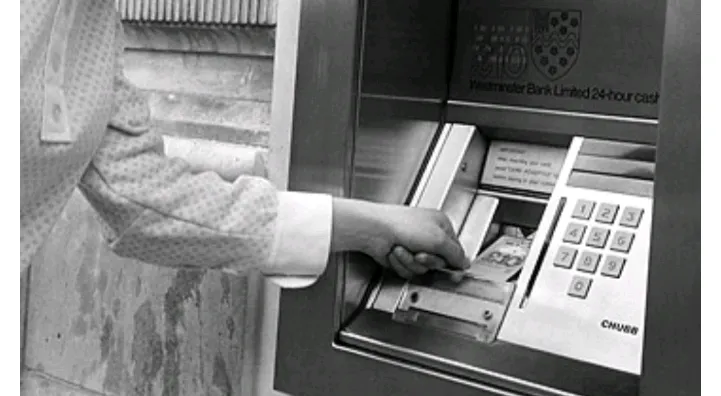History of ATM invention!!
It might just be the best idea to come to a man in the bathtub since Archimedes' time. While taking a soak, inventor John Shepherd-Barron devised what is hailed as the world's first automatic teller machine, although his claim to the title is a matter of dispute. He pitched the device to the British bank Barclays. It accepted immediately, and the first model was built and installed in London in 1967.
Though the machine used PIN (personal identification number) codes, a concept Shepherd-Barron also claims to have invented, it was dependent...
Though the machine used PIN (personal identification number) codes, a concept Shepherd-Barron also claims to have invented, it was dependent...




